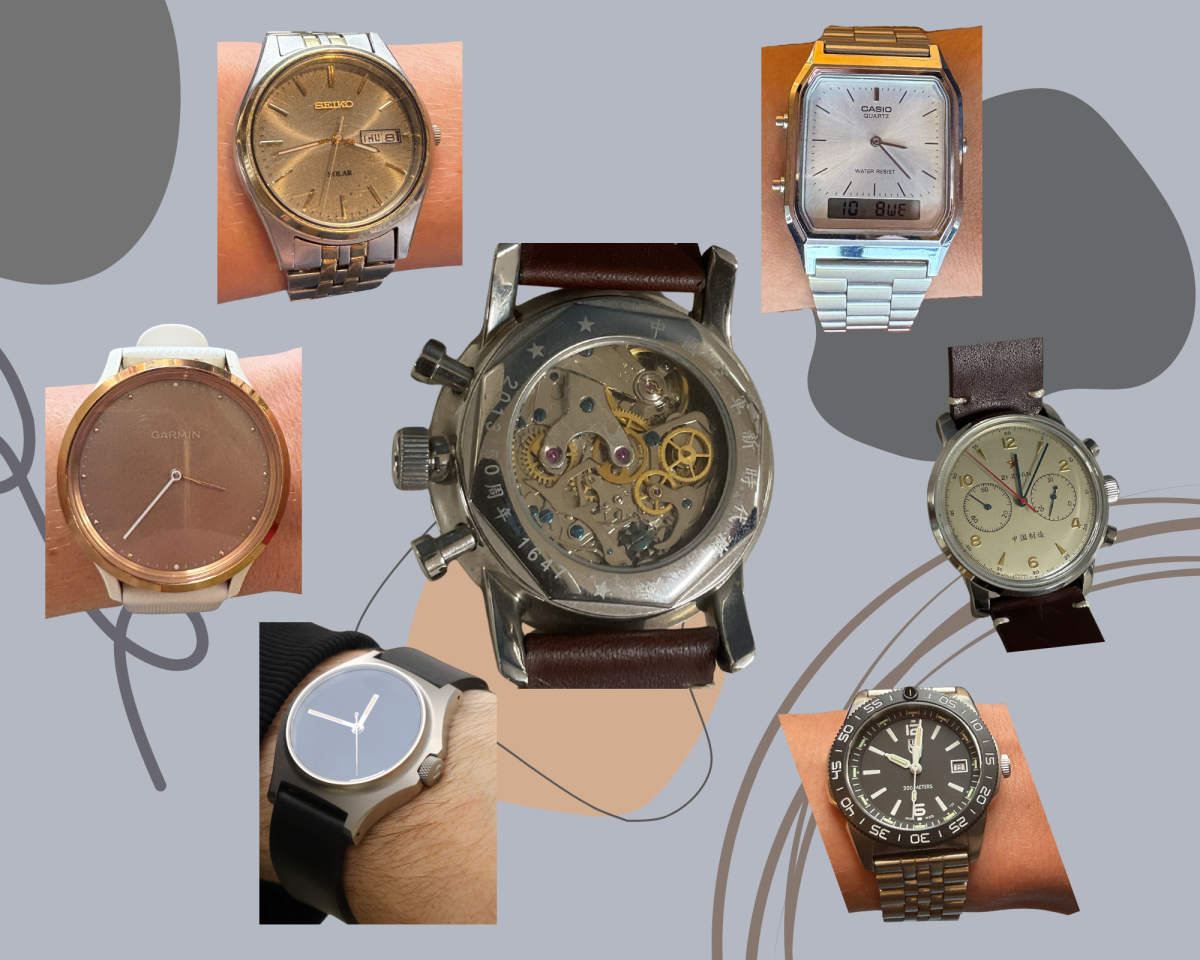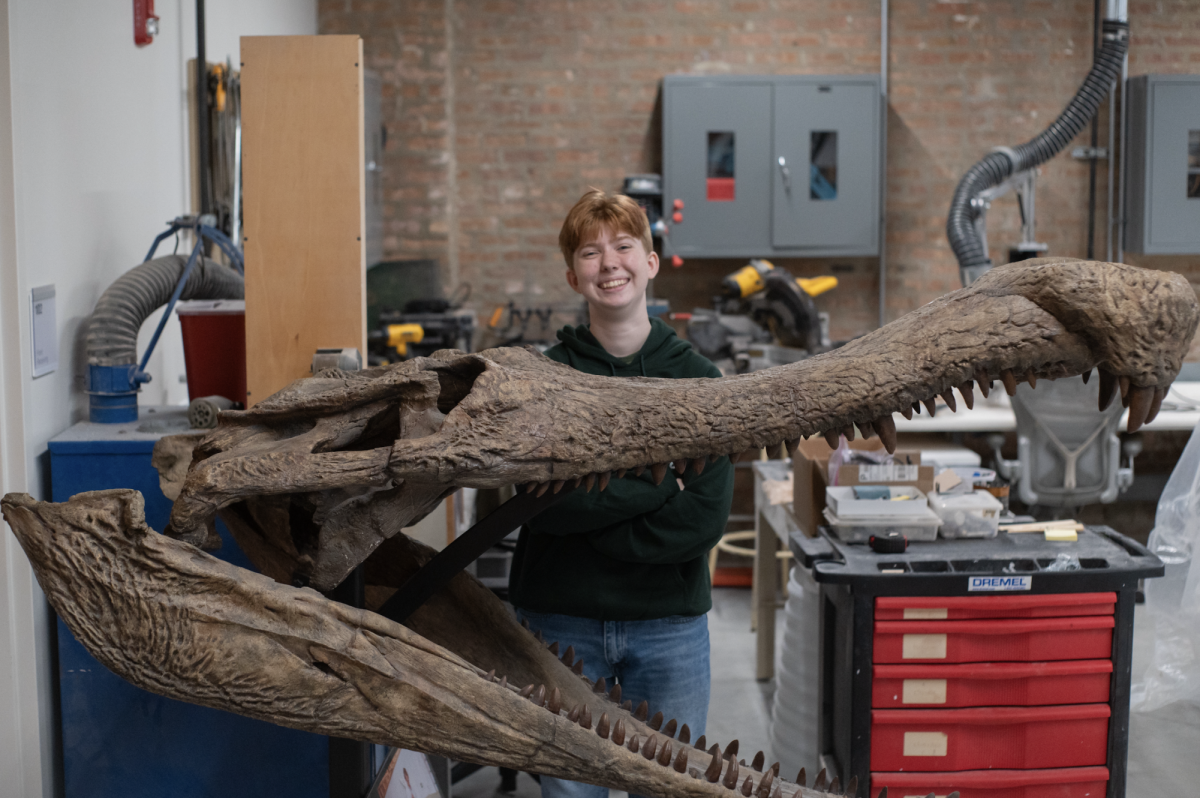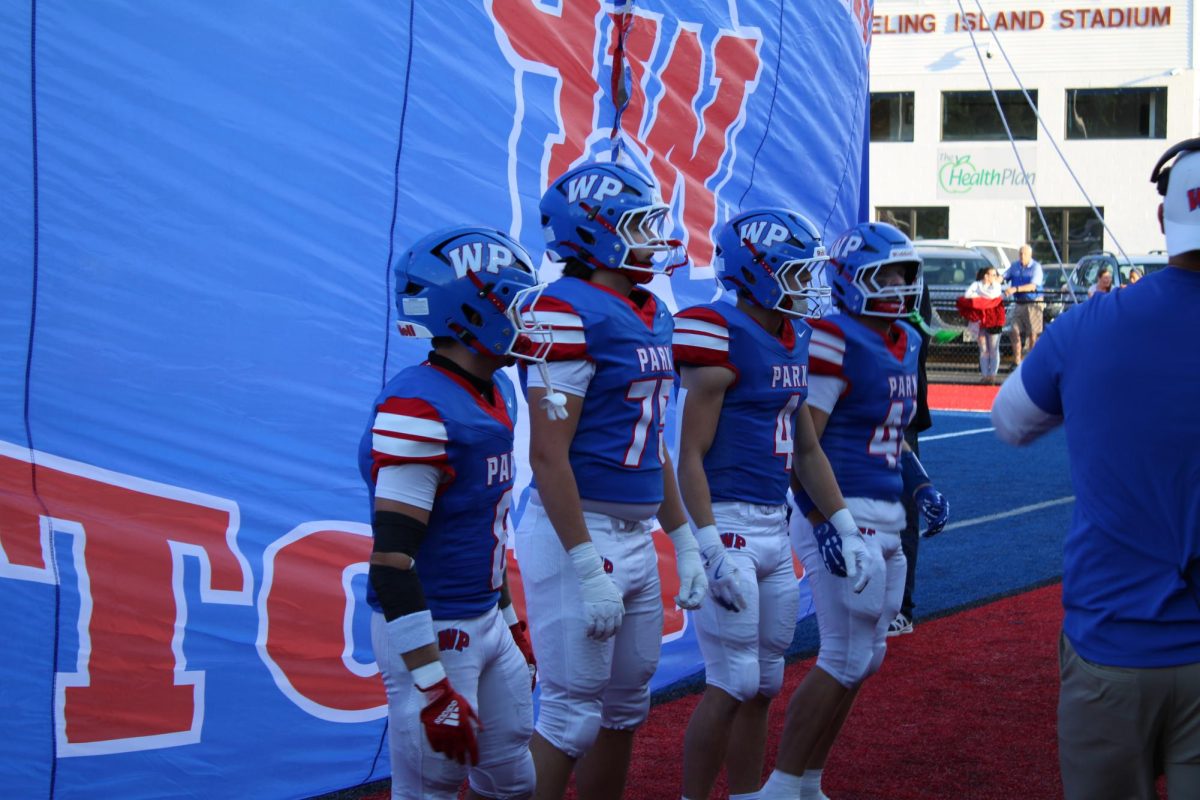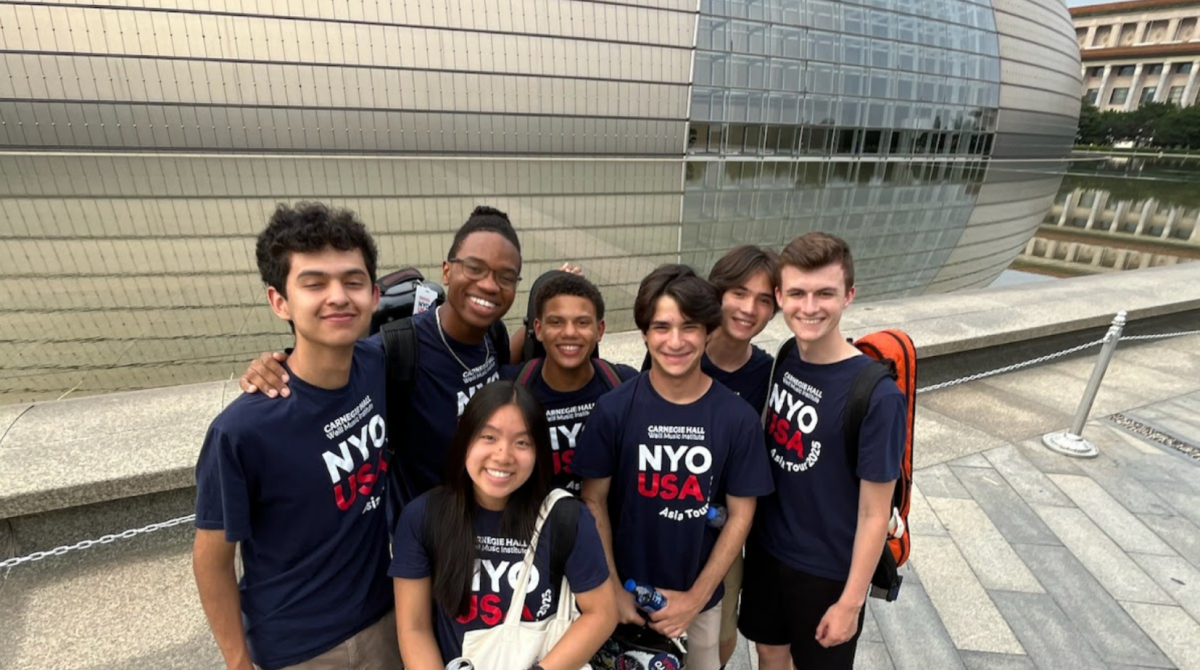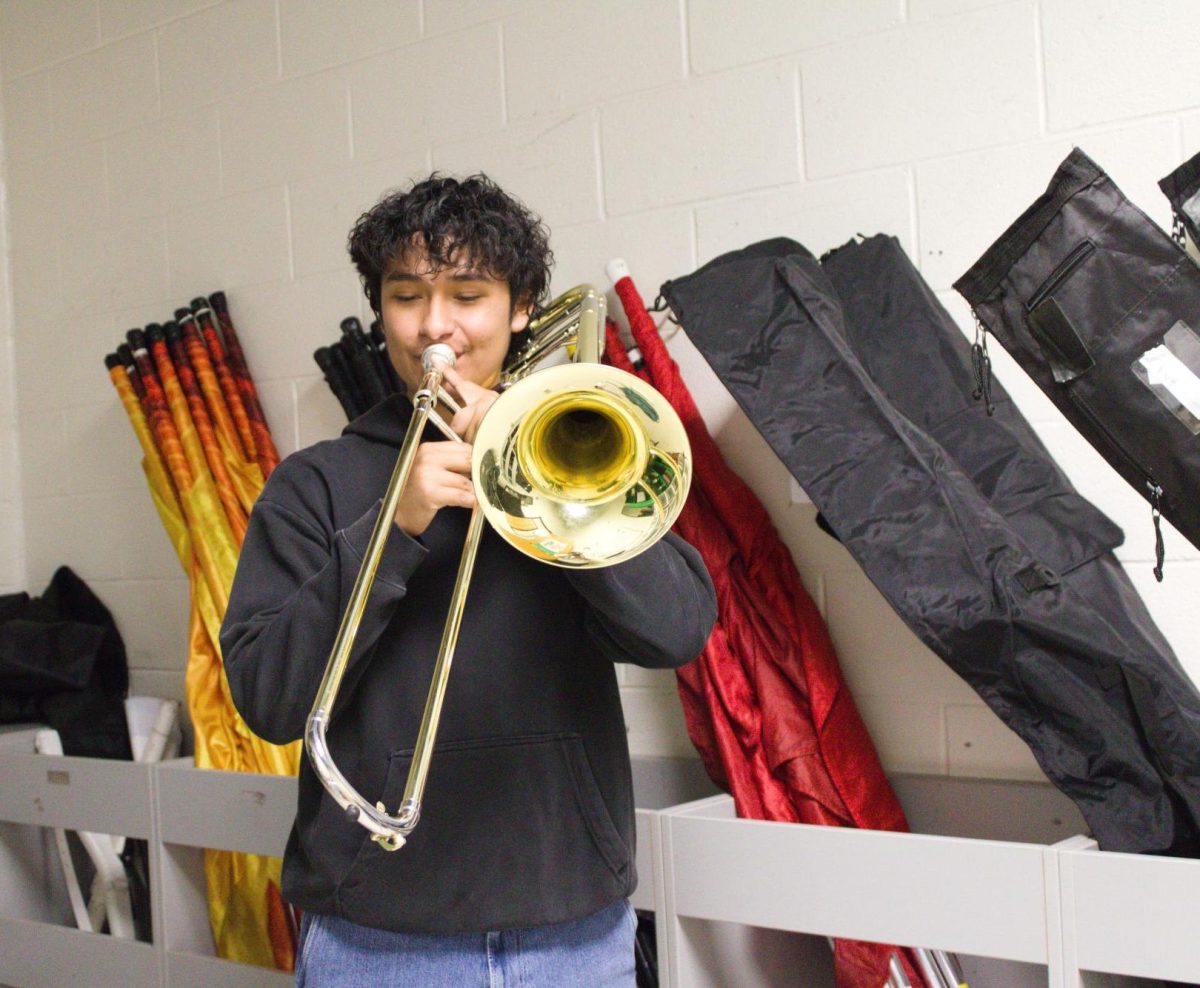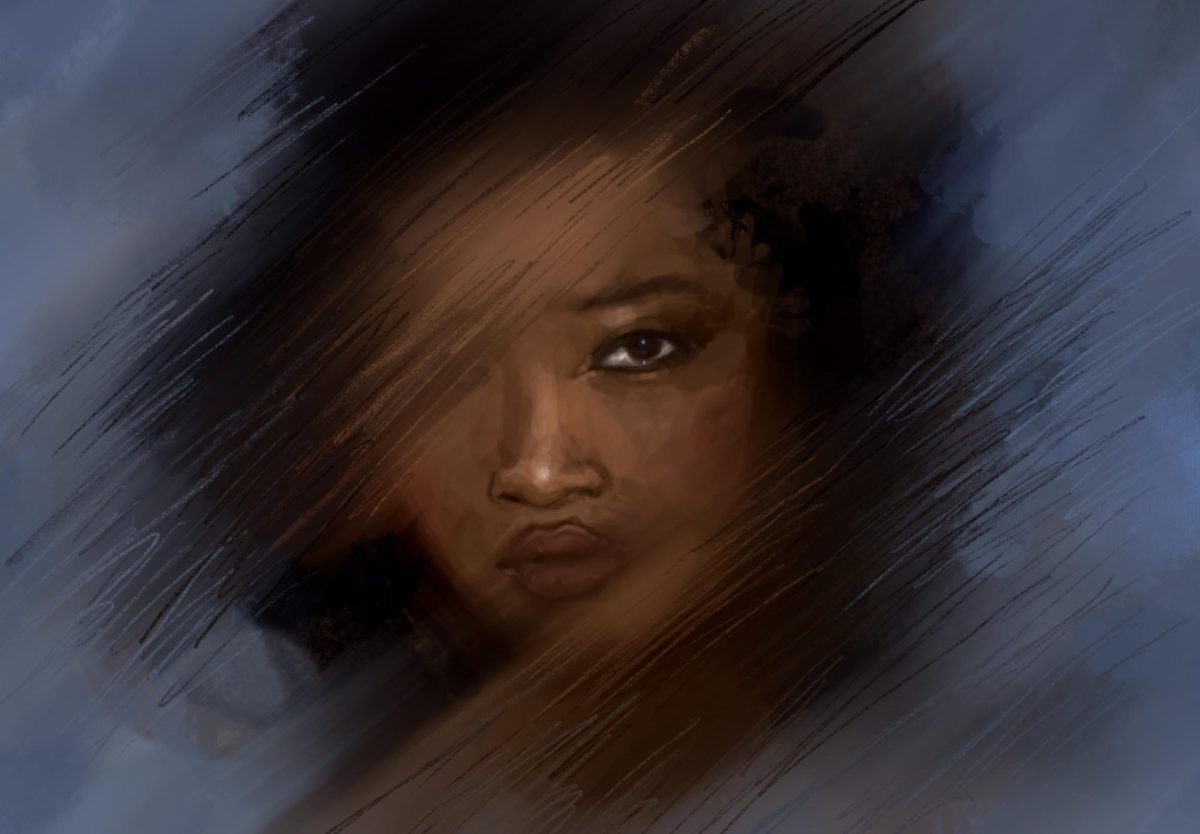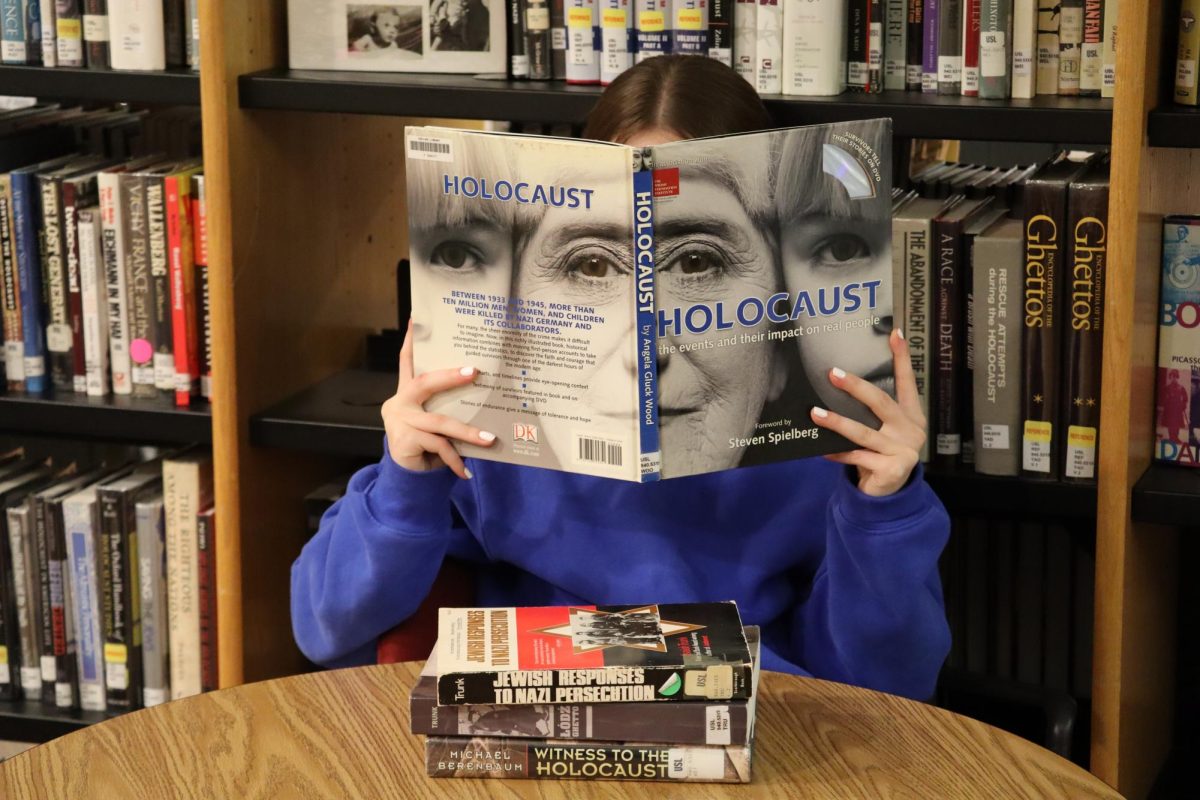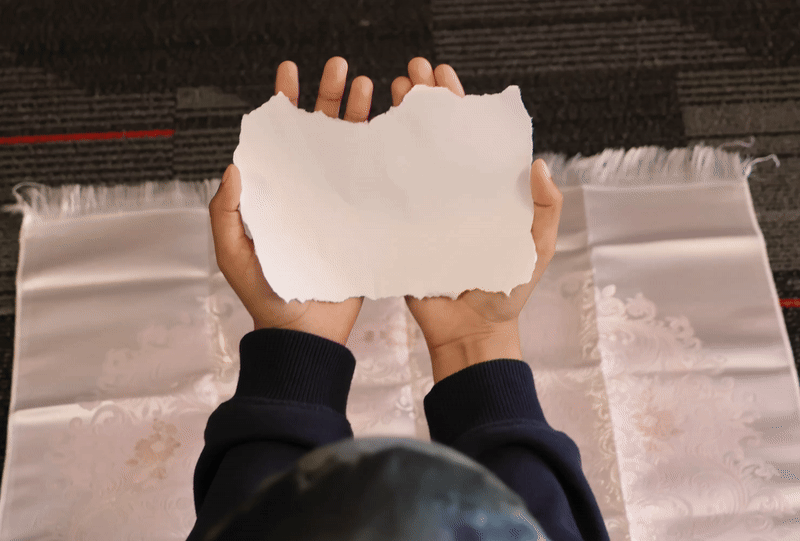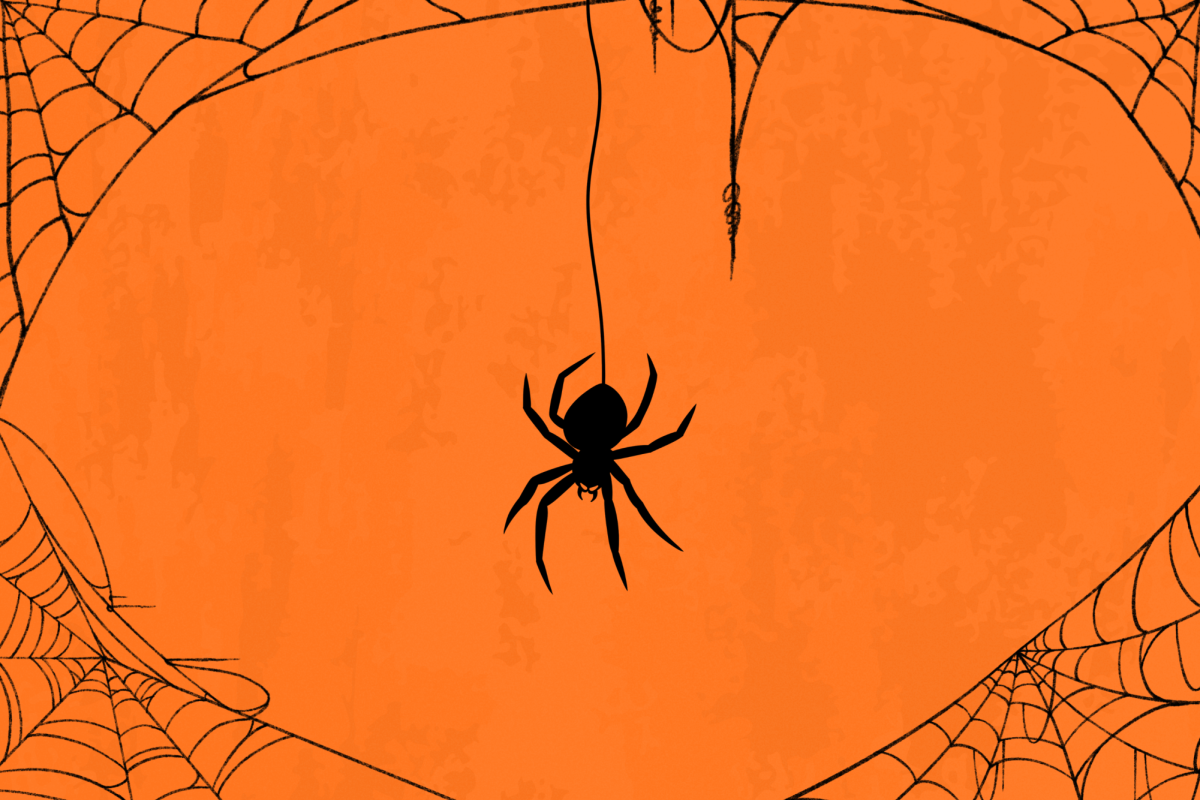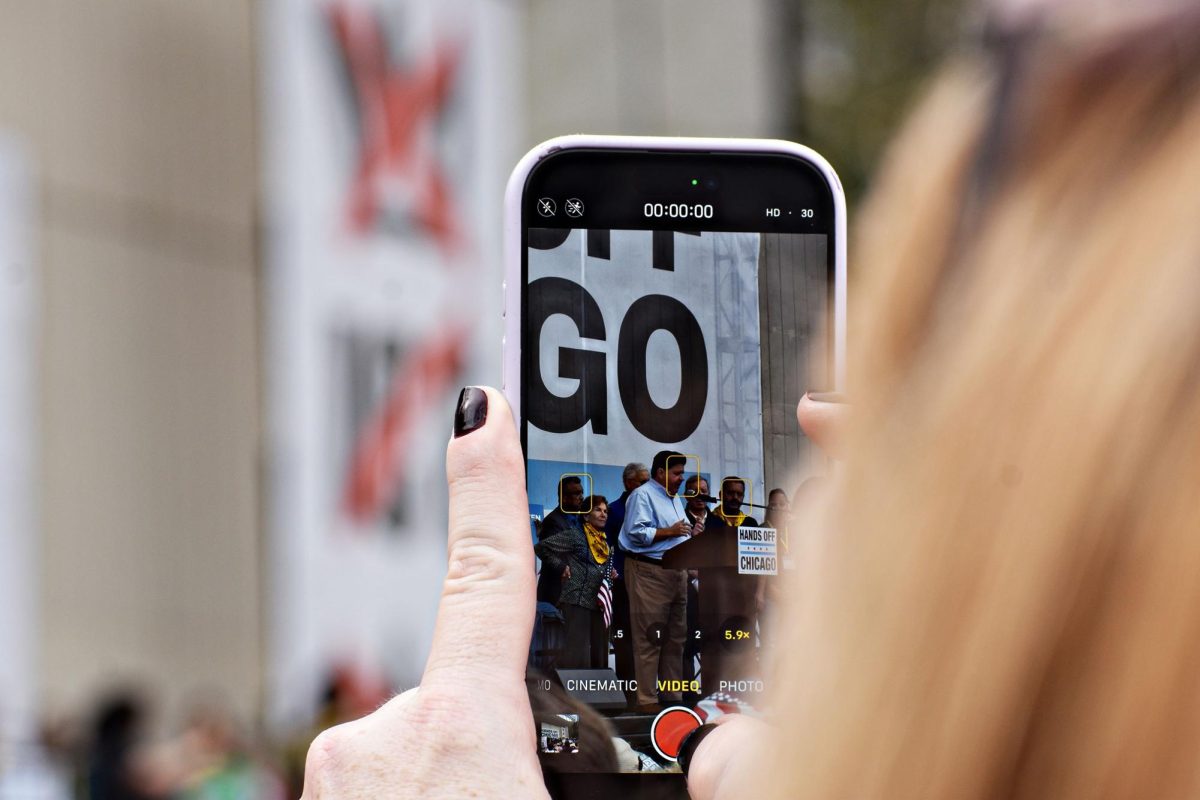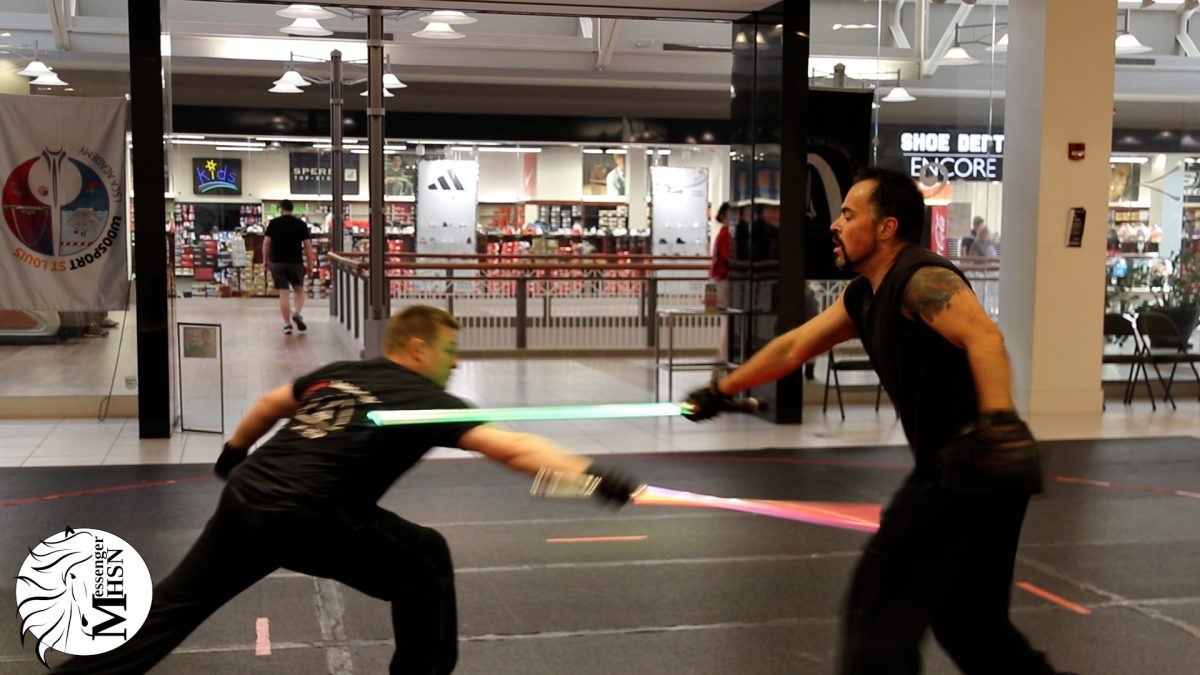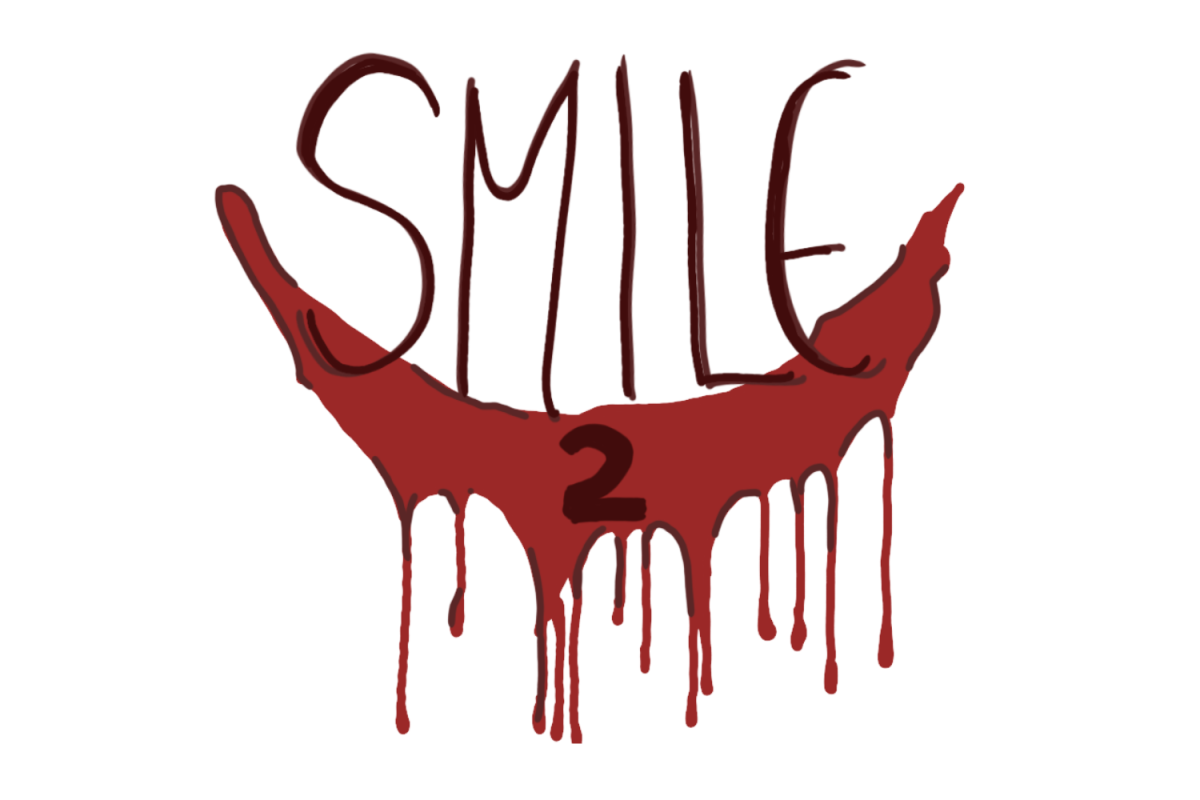“Smile 2” turns every friendly face into a threat. Directed by Parker Finn, it’s a unique commentary on the depths and turmoils of human expectations and trauma. The film invites the audience back into the twisted world of this psychological horror, delivering a dark experience that is far more unsettling than its predecessor.
This film builds on the bone-chilling foundation of “Smile 1,” but immerses the viewers even deeper into the terrifying landscape of paranoia by taking advantage of new visual techniques, such as mesmerizing camerawork and expert facial lighting, ultimately unraveling a new, deeper side to this thriller.
The film revolves around Skye Riley, played by Naomi Scott. Skye is a beloved famous pop singer, who faces a descent into madness as a sinister, smiling entity begins to take over her mind and body. Known as the Smile, this entity invades the victim’s body like a virus, taking over their thoughts and actions over the course of only a week, causing them to have hallucinations of smiles. By then, it’s too late — the Smile has succeeded in taking them over. After consuming its target, the Smile then stages a disturbing, self-inflicted death to pass the curse on to its chosen witness.
Following the first movie, Joel, the previous film’s male protagonist who received the Smile, tries to break the curse by killing someone in front of a witness. The trauma, or Smile, then passes on to the witness, forcing them to carry the haunting burden. Joel tries to pass it on to people he deems evil, that he wouldn’t mind inflicting this suffering on, but, by mistake, drug dealer Lewis sees the ordeal. To Joel’s dismay, the curse is passed on to the young man.
The story kicks off with Skye as she buys Vicodin from Lewis — she cannot get painkillers prescribed to her because of her history of drug abuse. Lewis, absolutely traumatized into insanity by the Smile and the murder he witnessed, is incoherent. We must admit that it was hard to watch, but the performance from Lukas Gage was spectacular. In a gory, deeply grotesque and uncomfortably silent scene, Lewis beats himself to death with a metal weight, smiling the whole time — at least, this is what we as the audience and Skye see. Thus, Skye receives the Smile curse, allowing the terrifying sequence of events to occur.
Skye’s hallucinations are confusing, to say the least. She sees people where there are no people, smiles where there are friendly faces and friends where there are enemies, struggling to comprehend what’s genuine and what’s misleading. With Skye descending into madness, the viewers are left to distinguish whether what they are witnessing is true to the real sequence of events.
As the Smile slowly consumes her, Skye’s perspective becomes increasingly fragmented and the film’s visual and auditory elements mirror this. Distorted sounds mixed with surreal images and sudden shifts in perspective pull the audience deeper into Skye’s physiological state, making them feel as though they, too, are losing their grip on reality.
What played the biggest role in conveying this was certainly the camerawork. Finn uses a masterful combination of almost nauseating spiraling transitions, unique frames of upside-down archways and bird’s eye views so that we are able to see from Skye’s point of view — the whole confusing, dissociated and distorted mess of her consciousness.
One standout camera technique in the film is the use of spirals. Even at the very beginning, spirals were prevalent on the title screen as the words “Smile 2” swirled and spun until they were completely illegible, foreshadowing the importance of the spiral shape. Finn’s masterful use of the spiraling camera angles perfectly captures the dizzying chaos of Skye’s mind.
Lighting is another powerful tool Finn employs. At the beginning of the movie, the lighting is fairly natural and bright, evoking a sense of calm and comfort. However, as the Smile began to take over Skye’s body and the flashbacks of her worst experiences occurred more frequently, Finn altered the lighting to appear more sinister through creative positioning, resulting in sickly and hollow appearances.
The most unsettling part of the visuals in this film, however, were the live effects. It contained incredibly graphic depictions of wounds and violence, so this film is definitely not recommended to those who are sensitive to blood and gore. However, we feel that the uncomfortable and sometimes even disgusting physical altercations speak to the theme and experience of trauma.
The narrative of the film doesn’t offer a clear answer to the sequence of events, which leaves room for multiple interpretations while encouraging viewers to connect the dots and piece together the plot themselves. This approach that Finn uses not only intensifies the suspense but fosters a sense of empathy for Skye, as her confusion and paranoia resonate viscerally with the audience. Each twist forces the viewer to reassess what they’ve seen, creating a lingering uncertainty that keeps the film’s mysteries alive even after the credits start to roll.
Skye’s trauma manifests in many different ways. Her status as a famous singer negates her ability and freedom to navigate her experiences at her own pace — She is constantly putting on a show, smiling for the thousands upon thousands of people who are counting on her. Thus, she faces a unique struggle with the Smile — a monster that capitalizes on her isolation. She experiences fabricated encounters where she confides in people she trusts about her hallucinations, only to find them with the same sinister smile plastered on their faces.
This haunting imagery serves as an uncanny representation of the internal turmoil many individuals face, showing how trauma can be so deeply ingrained that it manifests as external monstrosities. Skye’s inability to directly confront her pain often leads her to take her frustrations out on those around her, unknowingly continuing the cycle of pain. The film highlights how trauma can resurface in various forms, reigniting the flame of Skye’s past weaknesses just when she thinks she’s managing to cope.
The pervasive smile, which is typically seen as a symbol of comfort and warmth, takes on a chilling irony in “Smile 2.” This duality emphasizes the disconnection between outward appearances and internal conflict, revealing how a smile can also be a mask that conceals one’s true feelings. The film’s monstrous imagery illustrates the discomfort that traumatized individuals experience, a constant reminder that they cannot escape their pain.
Skye battles with not only the literal monster but also with the internal demons that feed off her trauma. The Smile thrives on her vulnerabilities, essentially distorting the very essence of human connection and turning it into a weapon of psychological horror. This manipulation is complex, as it reveals itself through negative thoughts, physical violence and the cruel irony of the smiles on the faces of those she once trusted.
Skye’s mother was a contributing factor to the stress Skye experienced, pushing her to continue performing and constantly reminding her that people were counting on her to keep it together. The fabricated interactions between Skye and the important people in her life also offer insight into the forces that shape her actions and emotions. For example, a conversation between her and her mother reveals the pressure her mother puts on her to continue performing and putting on a smile for her fans despite her deteriorating physical and mental state. However, by the end, the audience is left wondering if that interaction even happened. Instead, we can interpret that conversation as a reflection of Skye’s relationship with her mother.
In contrast, Skye finds her sanity through friendships. Being a pop star, Skye struggles to find true friends as people tend to be after her fame, not her personality. Therefore, in her time of need, Skye returns to her one loyal friend, Gemma. Skye uses the idea of her friendship with Gemma to help her navigate through her trauma with a familiar face — an element that the predecessor in the previous movie did not have.
“Smile 2” is “Smile 1” on steroids. It was Director Parker Finn’s first time on the job in “Smile 1,” so he was testing the waters. The sequel’s narrative is more cohesive, leaving fewer loose ends and providing the audience with a far more immersive experience. In “Smile 2,” the terror is relentless and unforgettable proof that Finn had not only built on his initial success of the first film but also raised the bar significantly.
In short, this film is perfectly uncomfortable.
Although some may believe that the visual portrayals of violence were excessive and that the film relies too heavily on the jumpscares to contribute to the horror, the unsettling scenes perfectly encapsulate the traumatic experiences of the protagonist.
“Smile 2” challenges its viewers to consider the masks they wear on a daily basis and the cost of concealing pain. The film’s message lingers beyond its haunting visual, reminding viewers that truly healing requires more than endurance — it demands honesty, vulnerability, compassion and, ultimately, self-acceptance.
Finn uses Skye’s plunge into chaos to illustrate the consequences of ignoring one’s inner turmoil — how easily it can brew as paranoia or detachment from reality. In this way, “Smile 2” does more than just scare; it invites the audience to analyze their own fears and urge them to remove their masks and smiles before they, too, are consumed by what they once refused to face.
This story was originally published on The Standard on November 6, 2024.






